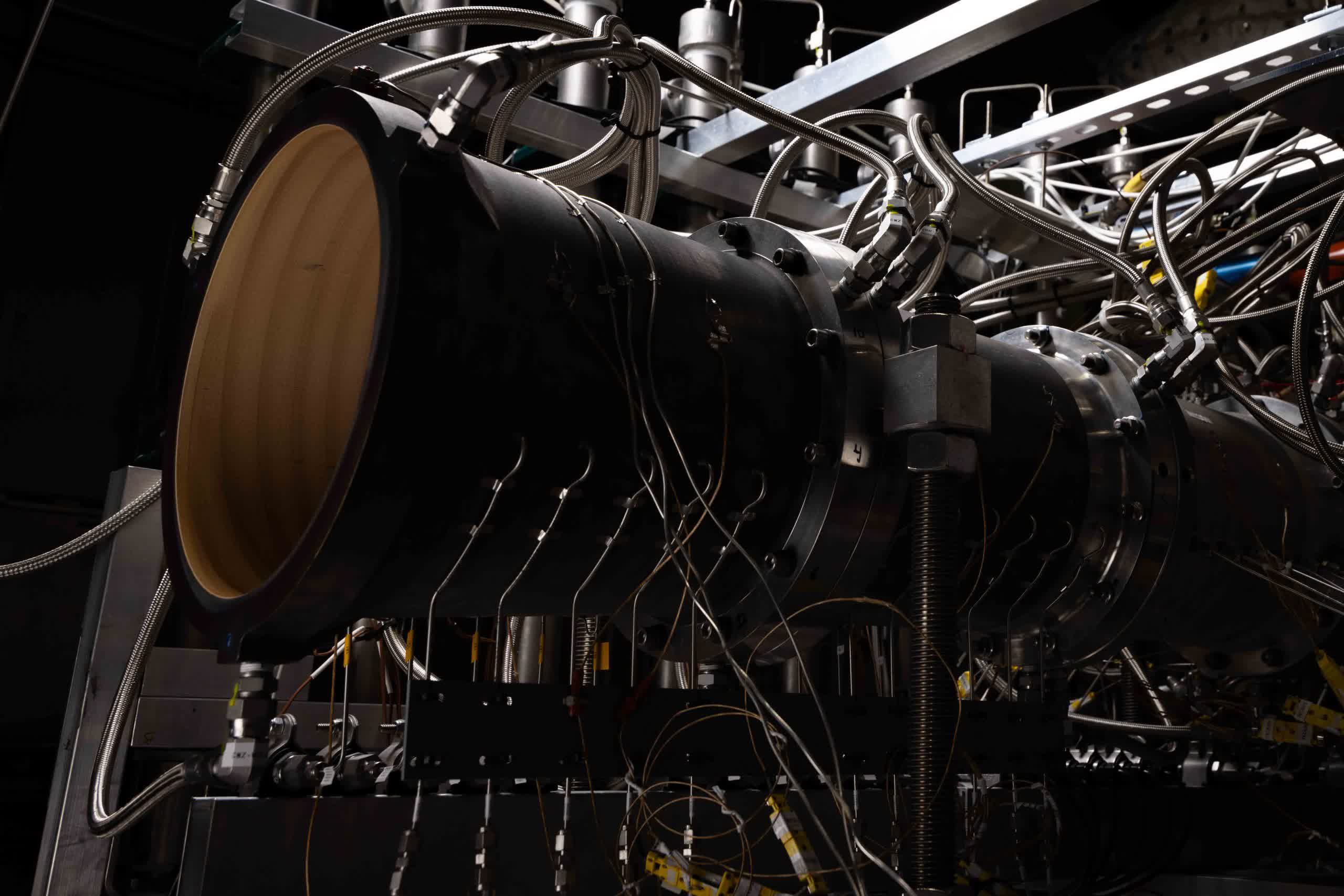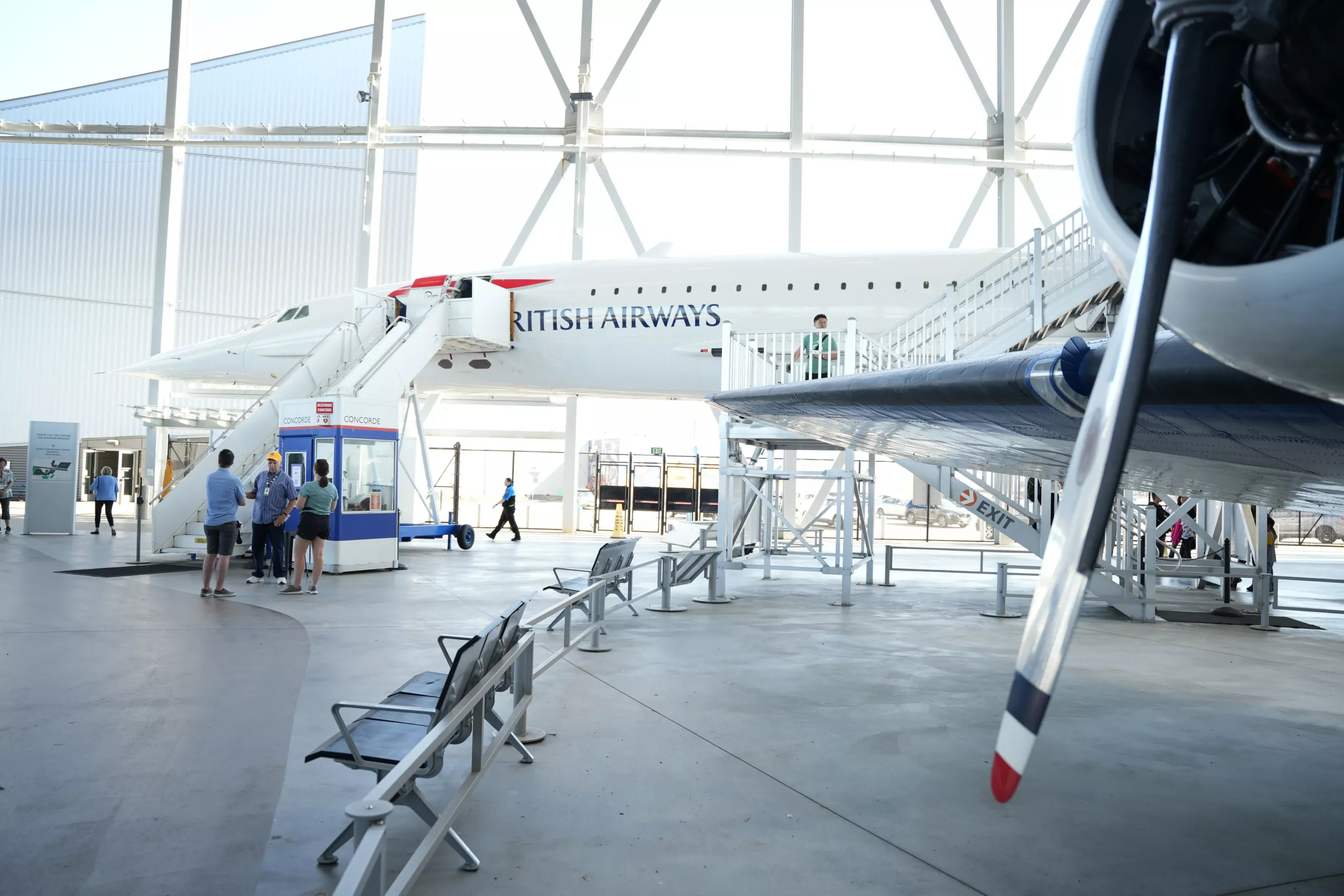Tech News
GE Aerospace shows off groundbreaking hypersonic dual-mode ramjet engine

TL;DR: A hypersonic dual-mode ramjet engine is a high-speed air-breathing jet engine capable of operating efficiently at both lower and extremely high Mach speeds by utilizing dual combustion modes. GE Aerospace’s latest prototype offers up to 3x the airflow compared to existing ramjet solutions, translating to greater fuel efficiency, longer range, and potentially more applications.
In just 15 months, GE and its partners were able to design and test a new dual-mode ramjet prototype. With its dual-mode architecture, GE’s prototype breaks the mold of the typical ramjet by operating in lower Mach ranges, increasing its use case applications.
GE Aerospace’s research team achieved this by incorporating a rotating detonation combustion (RDC), a detonation wave that travels around the circular channel where the fuel/air mixture is funneled. Testing began in March 2024, and results look promising as the prototype demonstrated a threefold increase in airflow compared to flight-tested hypersonic technology demonstrators.
A ramjet is a type of air-breathing jet engine that requires forward motion to provide air for combustion. In comparison, turbojets, common in commercial aircraft, operate by compressing incoming air using a turbine and then combining it with fuel for ignition.
Mark Rettig, VP & General Manager of Edison Works Business & Technology at GE Aerospace said, “The technology’s robust performance paves the way for the next phase of development, which will focus on continued testing and technology demonstration in alignment with our roadmap for integrated high-speed propulsion solutions.”
Ramjets are most efficient at supersonic speeds around Mach 3 to Mach 6 and were initially deployed in missiles back in the 1960s.
However, these high-speed propulsion solutions will not soon replace turbojet engines in commercial airlines. The prototype work applies to experimental vehicles and defense contracts. This innovation evokes memories of the British Airways Concorde supersonic jet, which could travel from New York City to Los Angeles in just two hours.

The Concorde never became mainstream for many reasons, including high fuel consumption. Perhaps airlines can revisit the Concorde concept and kickstart fast travel for the general public.
-

 Destination8 months ago
Destination8 months agoSingapore Airlines CEO set to join board of Air India, BA News, BA
-

 Breaking News10 months ago
Breaking News10 months agoCroatia to reintroduce compulsory military draft as regional tensions soar
-

 Gadgets3 months ago
Gadgets3 months agoSupernatural Season 16 Revival News, Cast, Plot and Release Date
-

 Tech News12 months ago
Tech News12 months agoBangladeshi police agents accused of selling citizens’ personal information on Telegram
-

 Productivity11 months ago
Productivity11 months agoHow Your Contact Center Can Become A Customer Engagement Center
-

 Gadgets3 weeks ago
Gadgets3 weeks agoFallout Season 2 Potential Release Date, Cast, Plot and News
-

 Breaking News10 months ago
Breaking News10 months agoBangladesh crisis: Refaat Ahmed sworn in as Bangladesh’s new chief justice
-

 Toys12 months ago
Toys12 months ago15 of the Best Trike & Tricycles Mums Recommend























